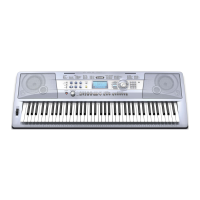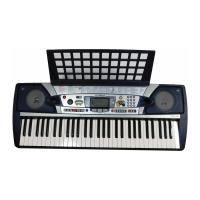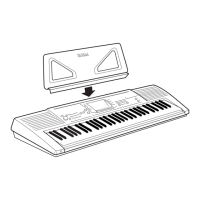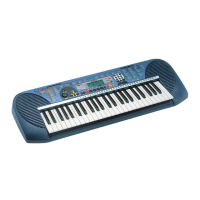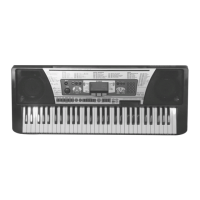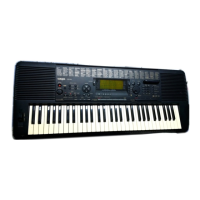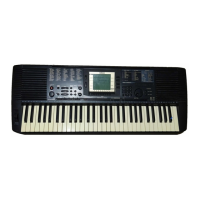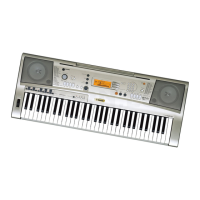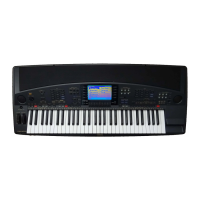What to do if Yamaha Portatone PSR-248 produces noise when using a mobile phone?
- AAmy HoweAug 15, 2025
If you experience noise when using a mobile phone close to the Yamaha PortaTone, it may be due to interference. To resolve this, either turn off your mobile phone or move it further away from the PortaTone.


